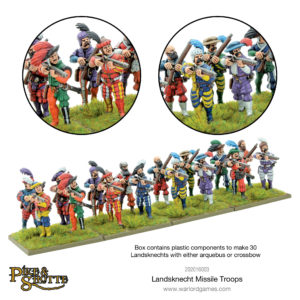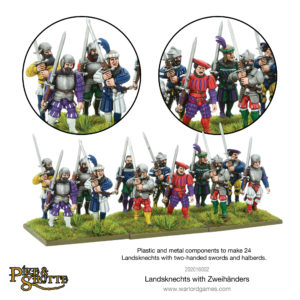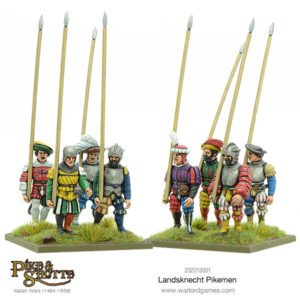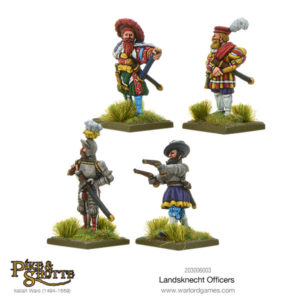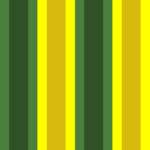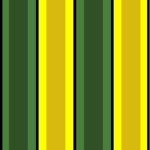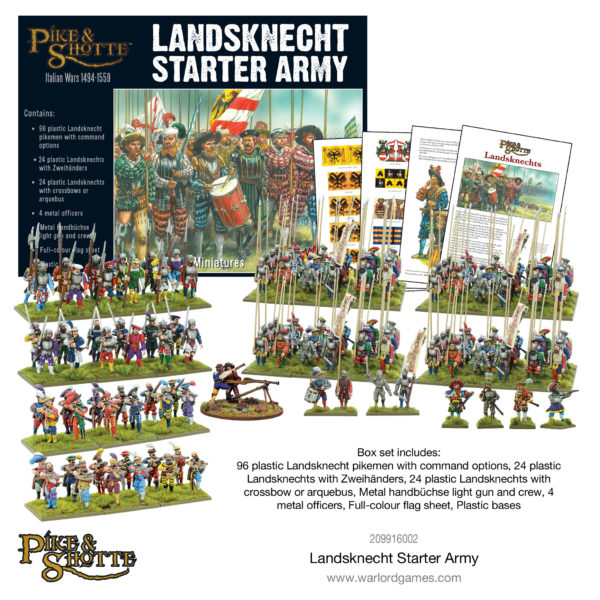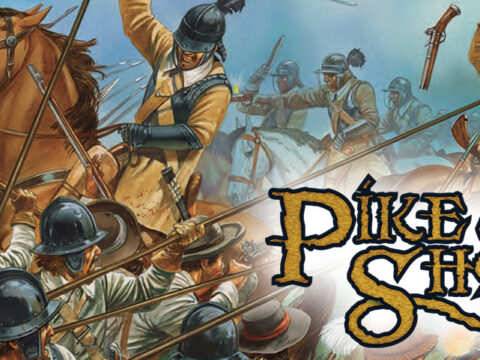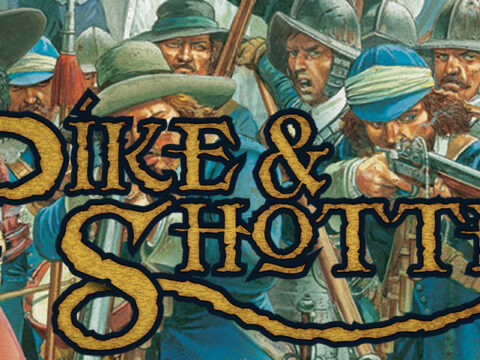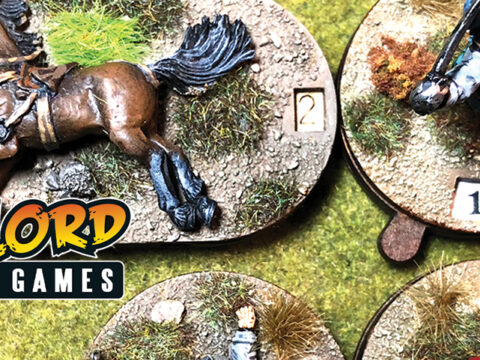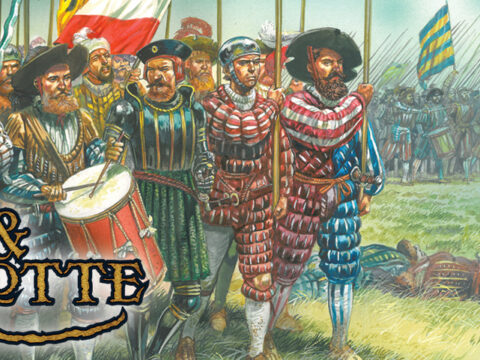Throwing all caution to the wind, the flamboyant Landsknechts charge headlong into battle. This week, we’re looking at how to paint their colourful costumes.
Dashing Mercenaries
Literally translated as Servant of the Land, Landsknechts were units of mercenaries raised by the Holy Roman Emperor Maximilian I as a counter to the formidable Swiss pike formations that dominated the 15th and 16th-century battlefield.
Renowned for their bravery and discipline, the Landsknechts formed the core of Maximilian’s armies from 1486 onwards. They distinguished themselves at Bicocca, Marignano and Pavia – thrashing their Swiss counterparts at every opportunity.
Primarily armed with pikes, the German mercenaries were formidable in attack and defence, utilising halberds and two-handed weapons to carve into the enemy and exploit gaps in their battle line. They also incorporated units of crossbowmen and arquebusiers for their potent close-range firepower.
The thing that set the Landsknechts apart from other mercenary armies was their flamboyant costuming – they dressed more like a circus troupe than a regiment of battle-hardened fighters.
Painting Landsknechts
We’ve picked out a selection of models from our Landsknecht range – these 28mm miniatures are beautifully detailed and bursting with character. Their slashed doublets and hose allow you to introduce a whole range of different colours to your models.
It’s worth taking a look at the model before you start painting, and identify any areas where you can introduce different colours. These models are a fantastic opportunity to try new things and have fun producing outrageous colour schemes.
Each mercenary presents a unique opportunity to try out a different combination of colours and patterns. The most common pattern you’ll find on Landsknecht clothing is stripes of contrasting or complementary colours.
To create stripes quickly and easily, you’ll need a steady hand and a bit of patience, but the result is well worth it.
- Step 1
- Step 2
- Step 3
We’ve used Army Painter Desert Yellow, Daemonic Yellow, Greenskin and Goblin Green and Matt Black for the example above, but the technique can be applied to any colour scheme. Make sure you’ve got a darker basecoat colour and a lighter highlight to achieve the correct effect.
Step 1: Paint broad lines of your basecoat colour, alternating between the two colours.
Step 2: Once the basecoat has dried, paint the edges of the broad stripes using your highlight colour.
Step 3: Paint a very fine black line between the highlighted areas. This will help to distinguish between the stripes at a tabletop distance.
More to come
Of course, this is only a quick start. Our in-house Warlord Painter Andres Amian is currently working on his personal collection and we hope to bring this to a Newsletter Soon 🙂
Into Battle!
If you’ve been inspired to take Maximilian’s money and join the ranks of the flamboyant Landsknechte, the best place to start is with our fantastic starter army.

